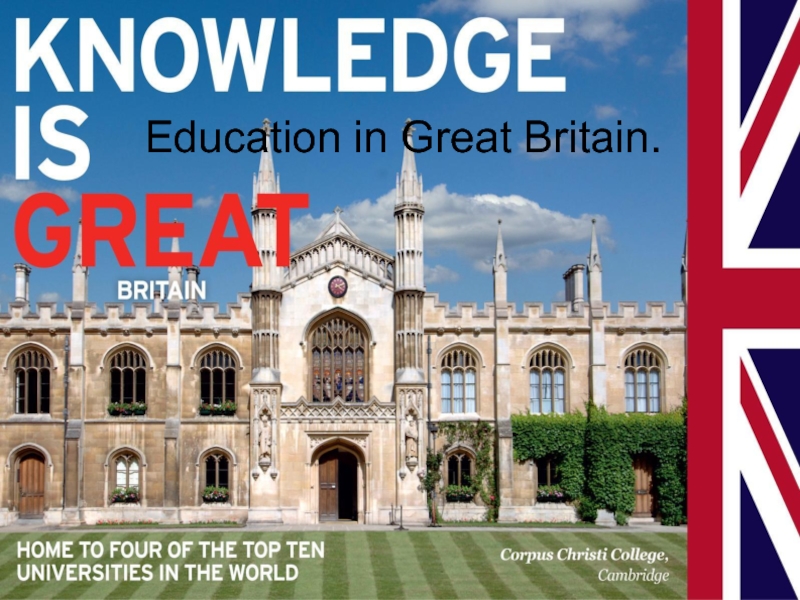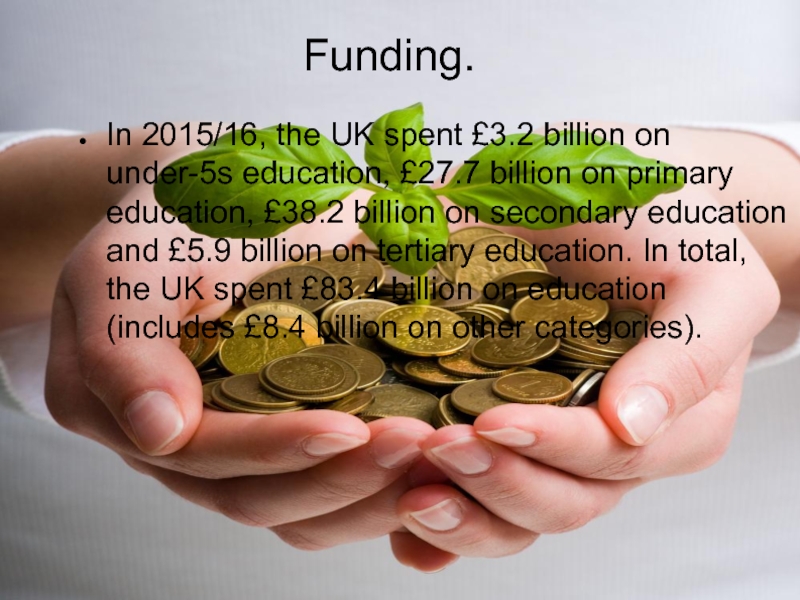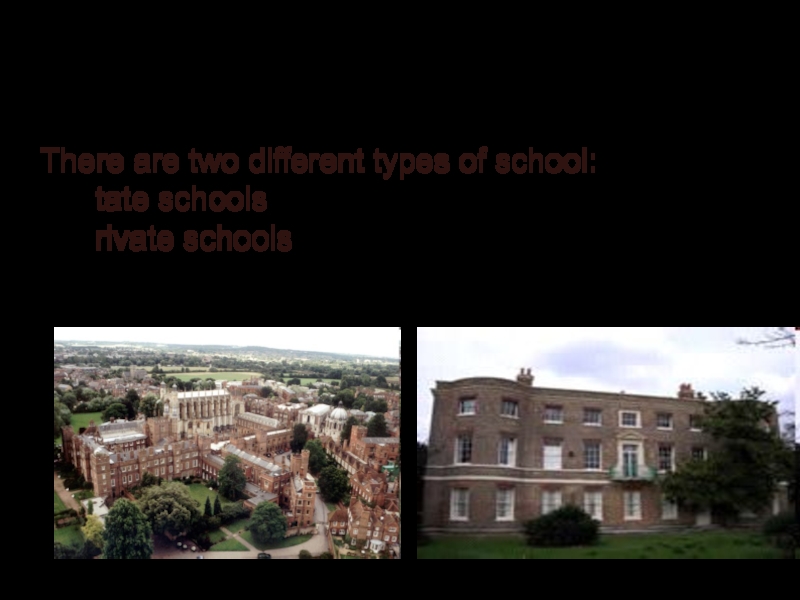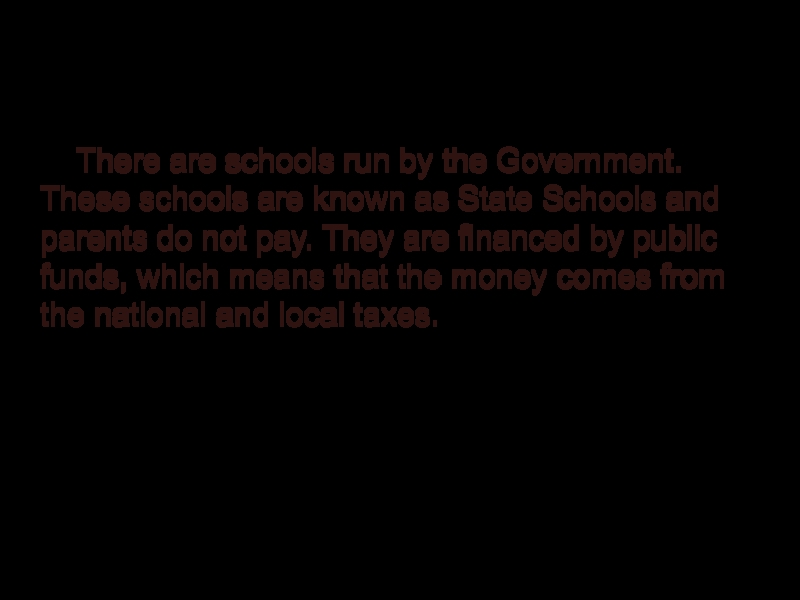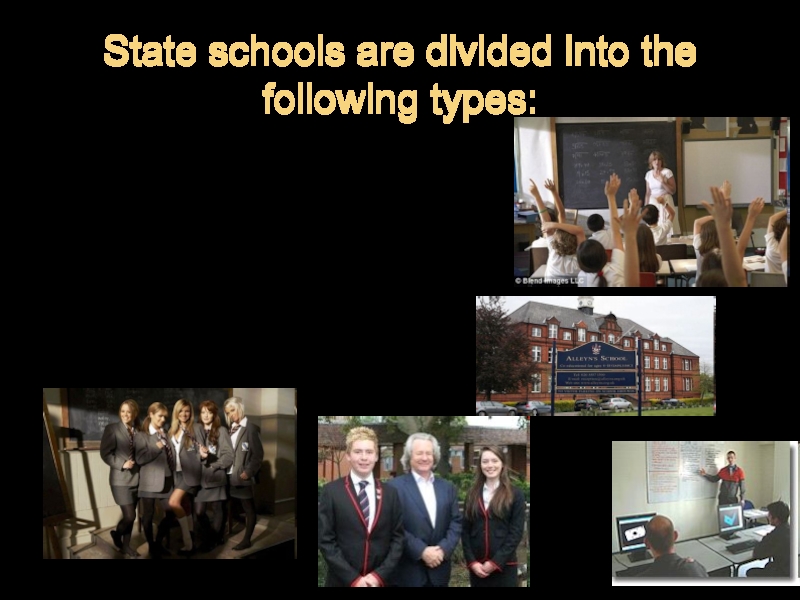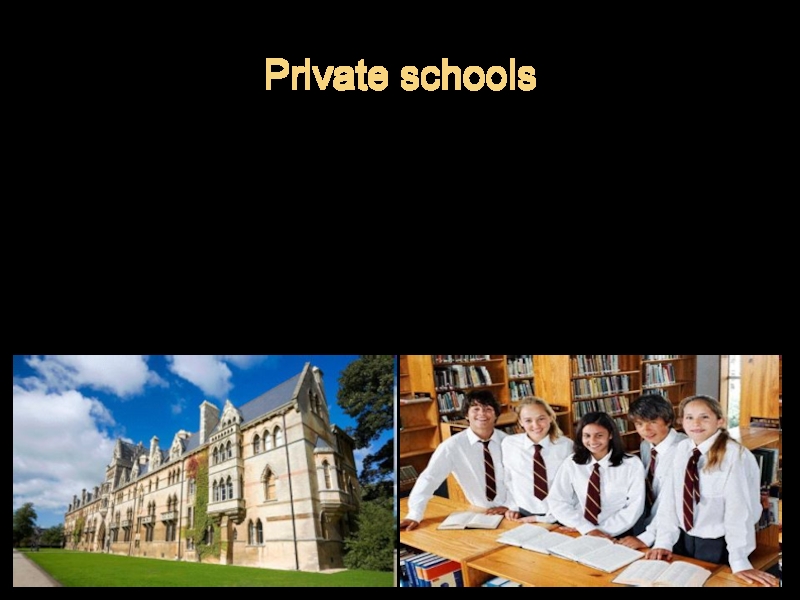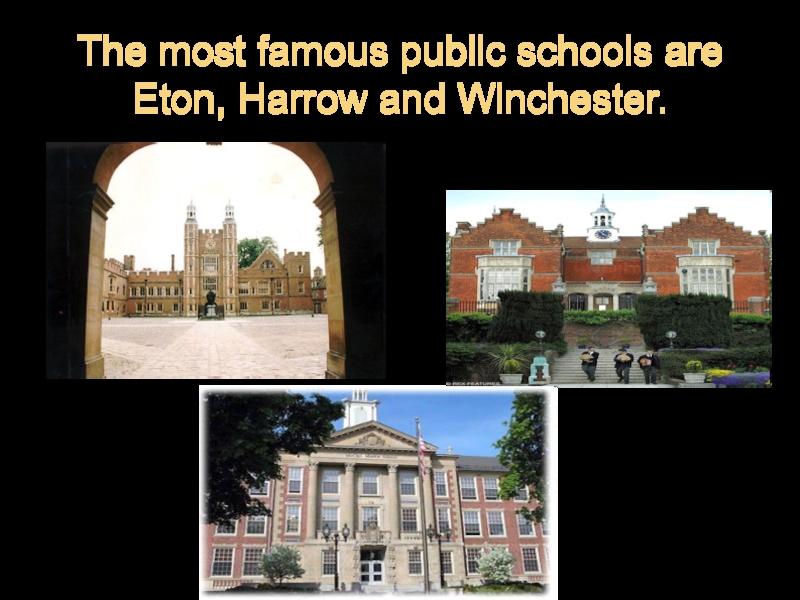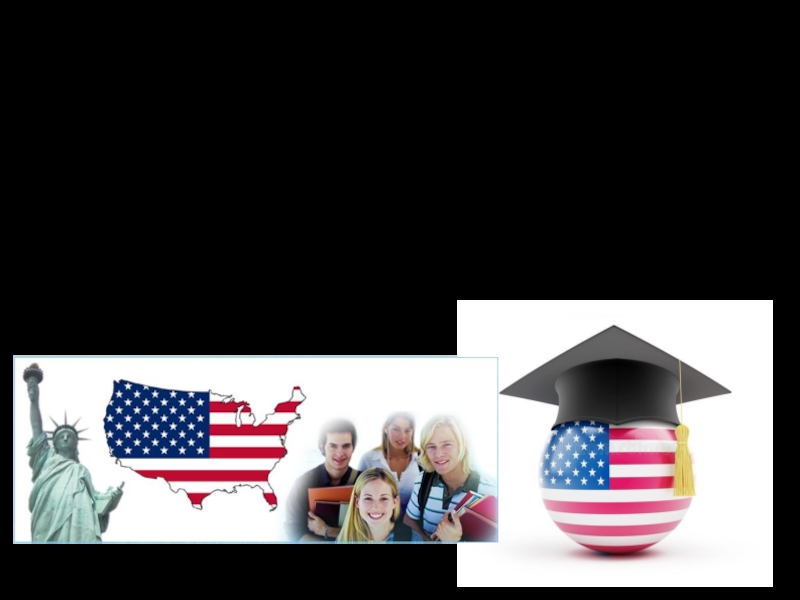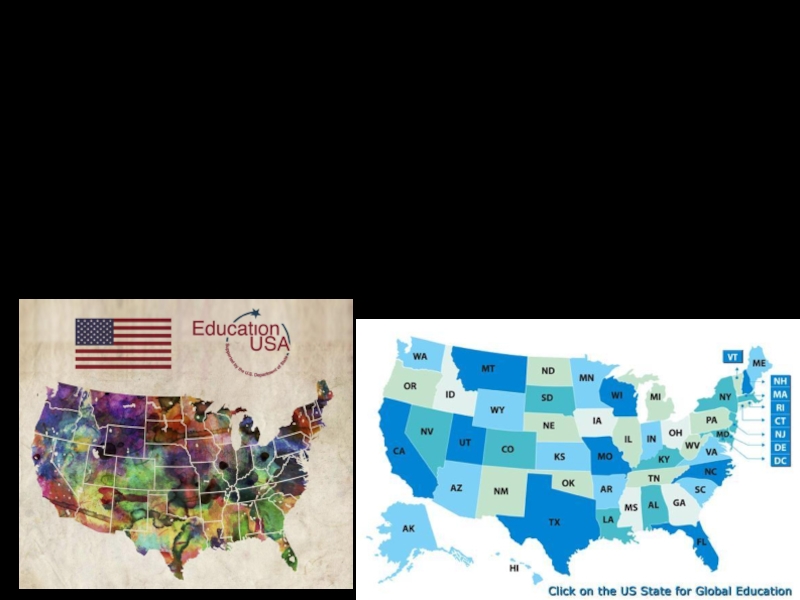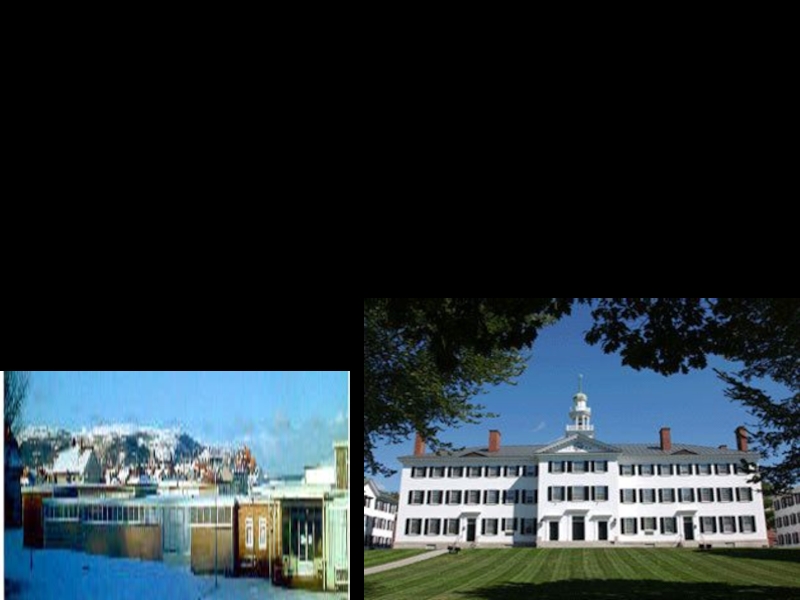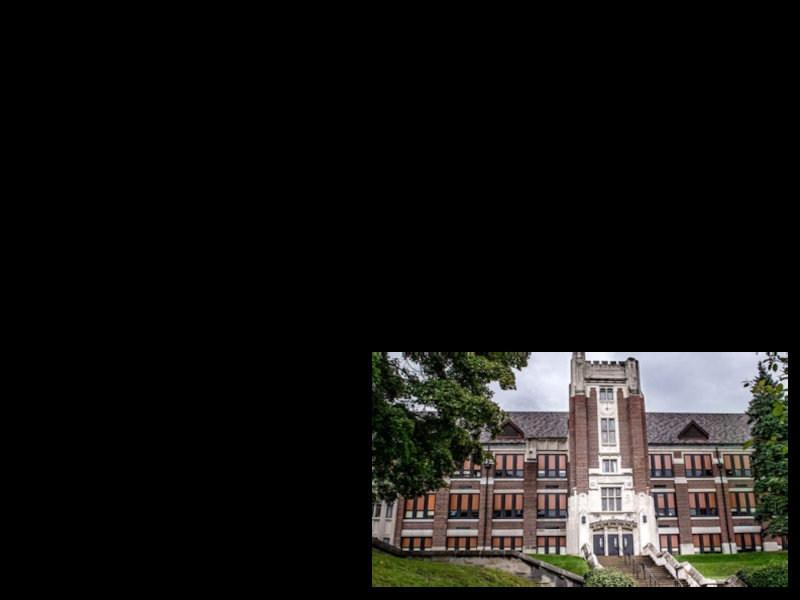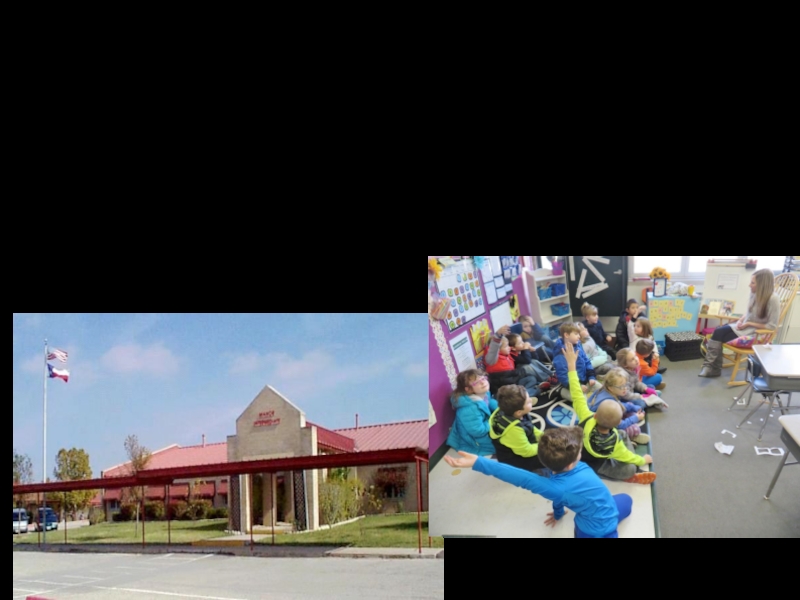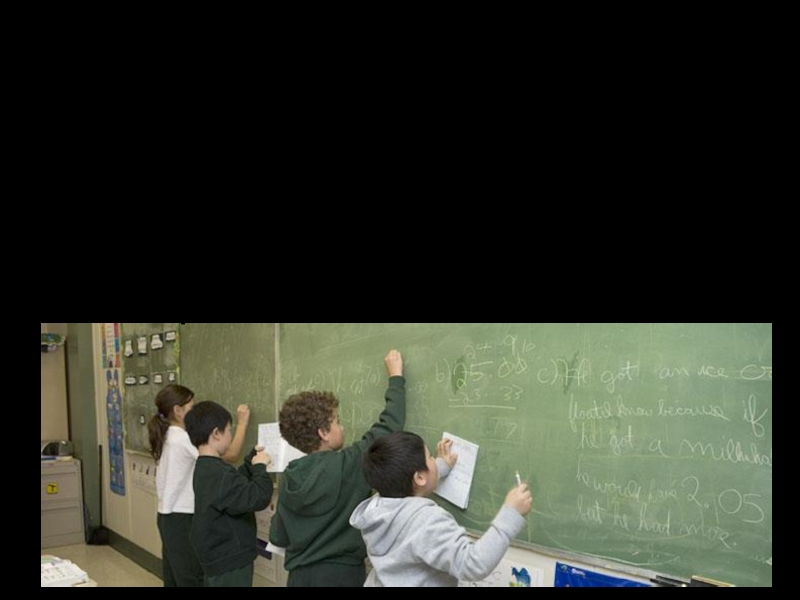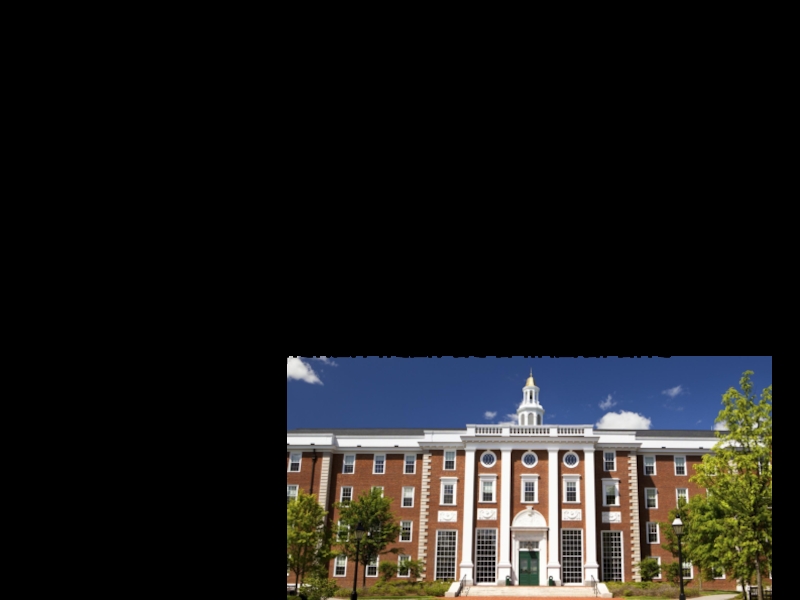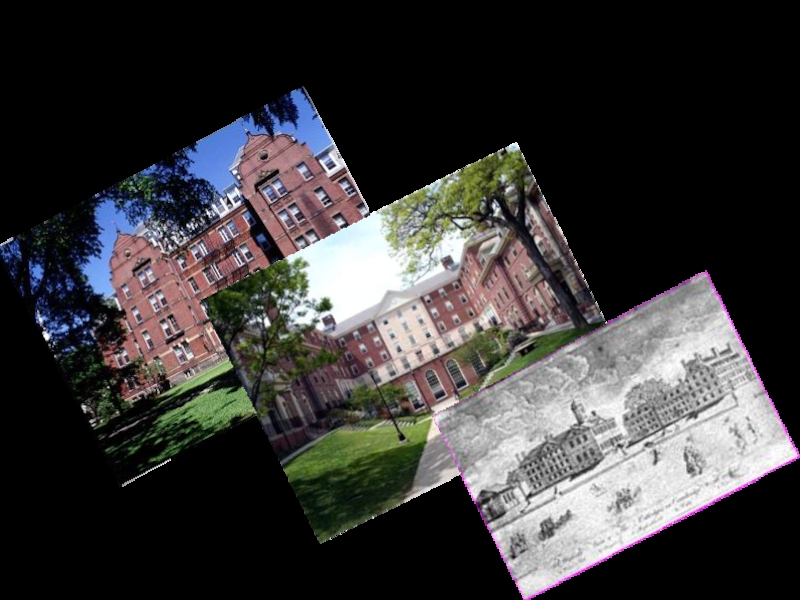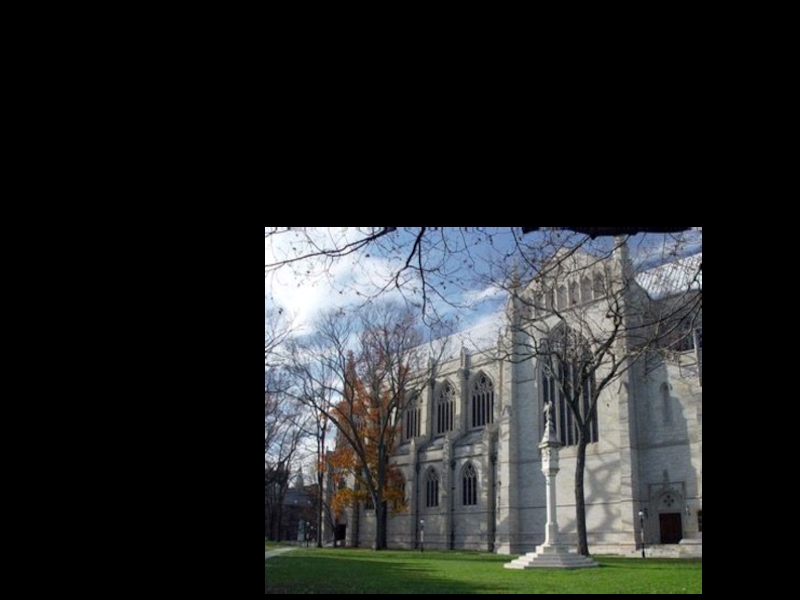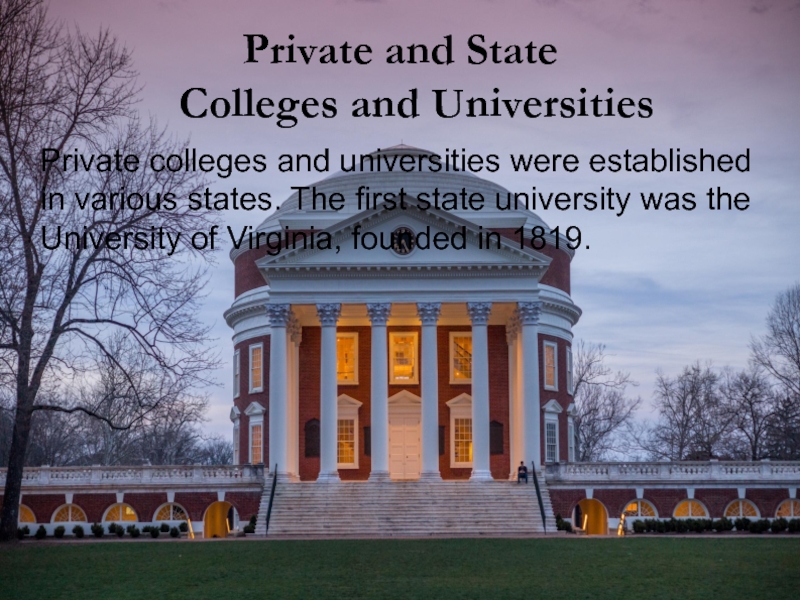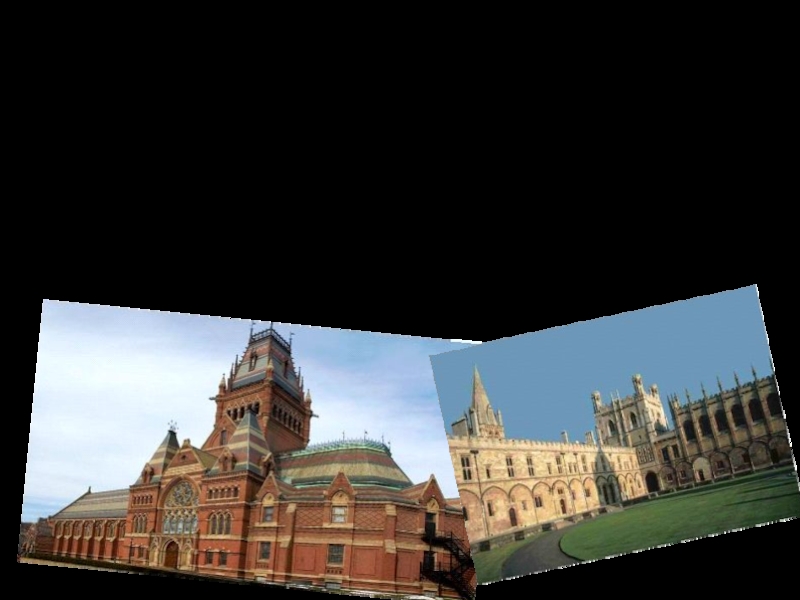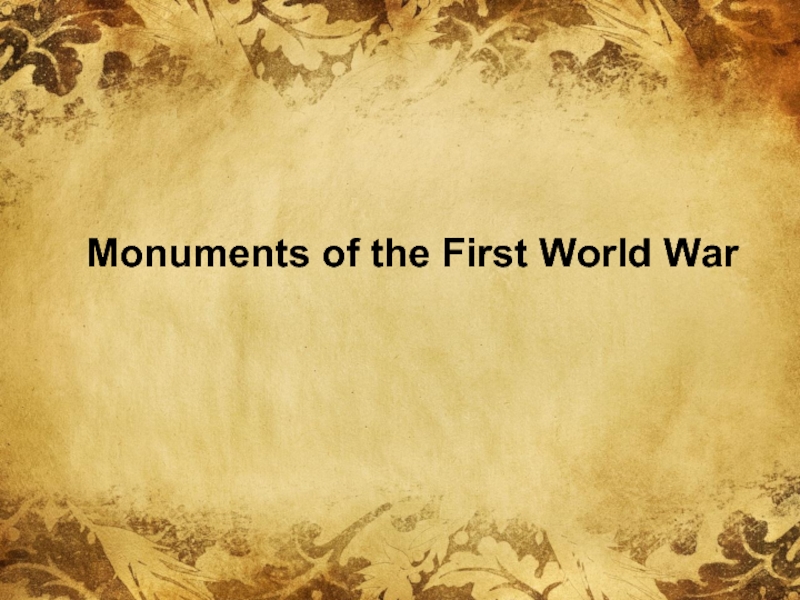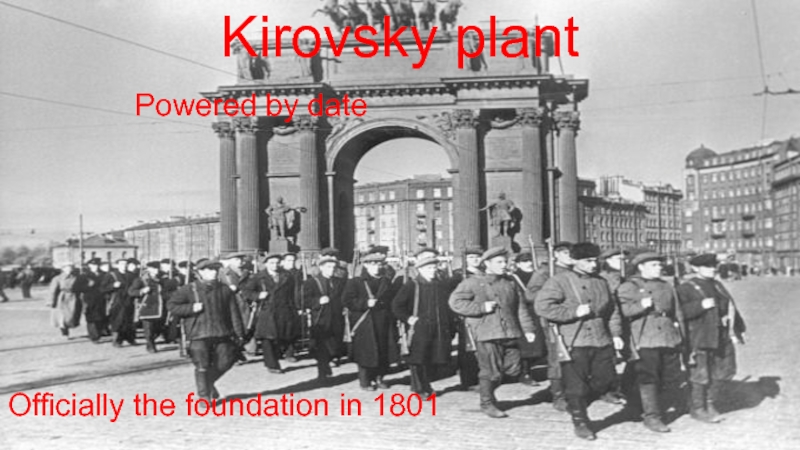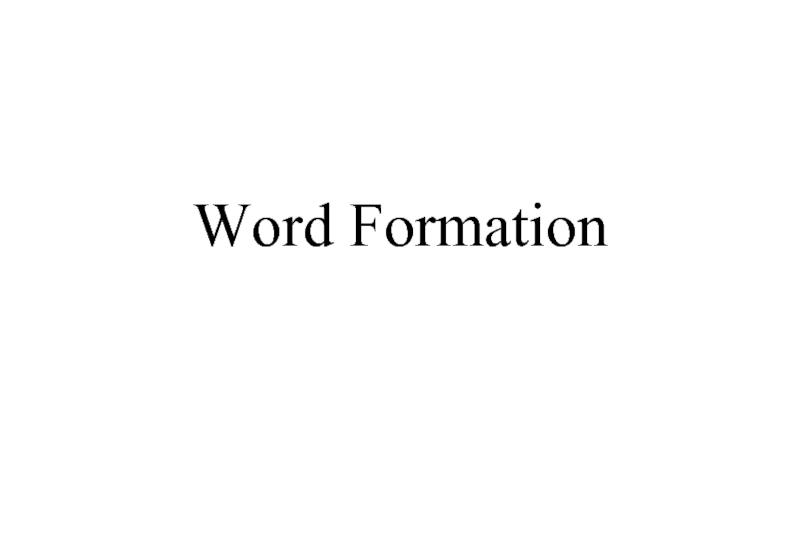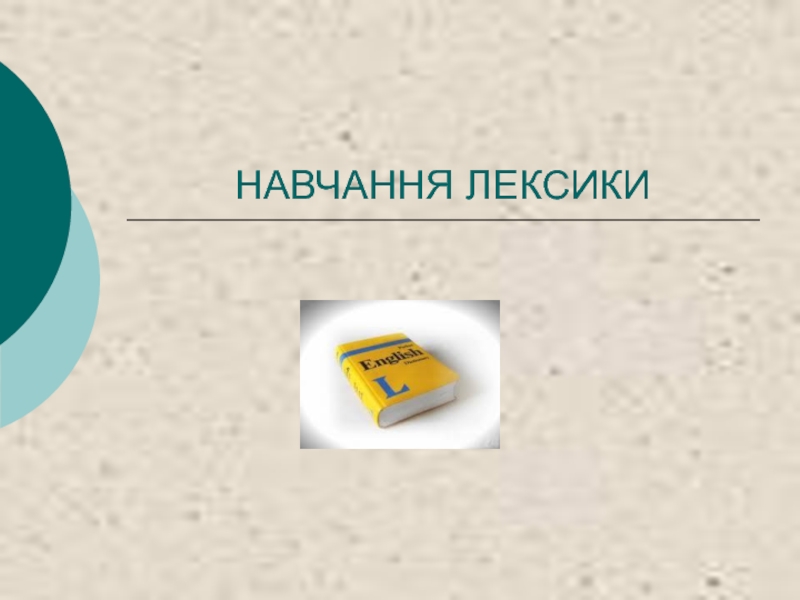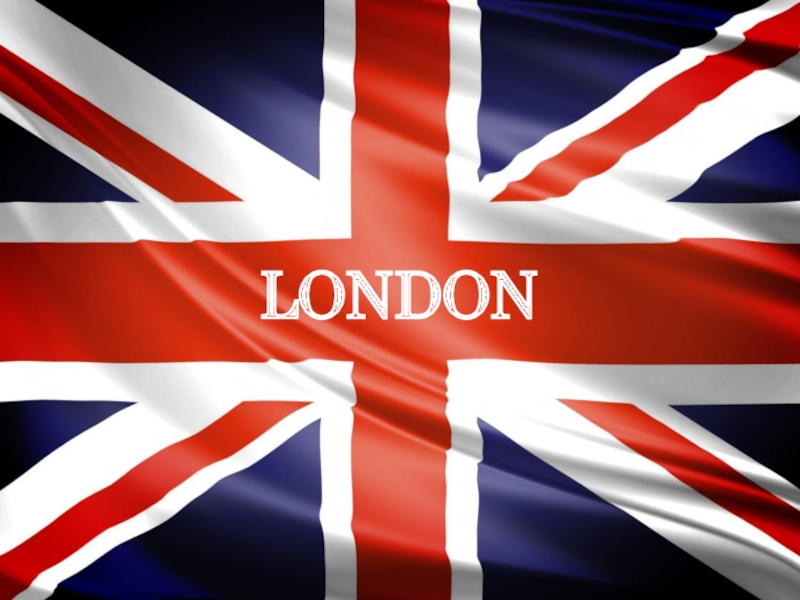- Главная
- Разное
- Дизайн
- Бизнес и предпринимательство
- Аналитика
- Образование
- Развлечения
- Красота и здоровье
- Финансы
- Государство
- Путешествия
- Спорт
- Недвижимость
- Армия
- Графика
- Культурология
- Еда и кулинария
- Лингвистика
- Английский язык
- Астрономия
- Алгебра
- Биология
- География
- Детские презентации
- Информатика
- История
- Литература
- Маркетинг
- Математика
- Медицина
- Менеджмент
- Музыка
- МХК
- Немецкий язык
- ОБЖ
- Обществознание
- Окружающий мир
- Педагогика
- Русский язык
- Технология
- Физика
- Философия
- Химия
- Шаблоны, картинки для презентаций
- Экология
- Экономика
- Юриспруденция
Education in Great Britain презентация
Содержание
- 1. Education in Great Britain
- 2. Teachers in the Great Britain. Research by
- 3. Stages in the Great Britain. In each
- 4. Funding. In 2015/16, the UK spent £3.2
- 5. Types of Schools in Britain There are
- 6. State Schools. * There are schools run by
- 7. State schools are divided into the following
- 8. Private schools * All students at private schools
- 9. The most famous public schools are Eton, Harrow and Winchester.
- 10. The Best U.K. Universities * University of Cambridge
- 12. Education in The USA. Americans place a
- 13. The American system of school education differs
- 14. Versions of schools of the USA There
- 15. State publish school Most students attend public
- 16. Primary elementary school American children start
- 17. Primary elementary school The second year at
- 18. Primary secondary school Primary school most commonly
- 19. Secondary school most commonly consists of a
- 20. Private Secondary Scholl Foreign students who would
- 21. Harvard College Harvard College was established in
- 22. Harvard College
- 23. Private and State Colleges
- 24. Private and State Colleges
- 25. Private and State
- 26. Private and State Colleges and Universities
- 27. Sourses. https://en.wikipedia.org/wiki/Education_in_the_United_Kingdom https://en.wikipedia.org/wiki/Harvard_College https://en.wikipedia.org/wiki/University_of_Virginia Https://google.ru/images
- 28. Thank you for your attention!
Слайд 2Teachers in the Great Britain.
Research by Education Support Partnership suggests that
75% of school teachers and college lecturers suffer from work related stress. Increased work pressure from marking and exam targets lead some teachers to work 12 hours a day. Many are leaving the profession due to stress.
In my opinion that not good...
In my opinion that not good...
Слайд 3Stages in the Great Britain.
In each country there are five stages
of education: early years, primary, secondary, further education (FE) and higher education (HE). The law states that full time education is compulsory for all children between the ages of 5 (4 in Northern Ireland) and 16, the compulsory school age (CSA). In England, compulsory education or training has been extended to 18 for those born on or after 1 September 1997. This full-time education does not need to be at a school and some parents choose to home educate. Before they reach compulsory school age, children can be educated at nursery if parents wish though there is only limited government funding for such places. Further Education is non-compulsory, and covers non-advanced education which can be taken at further (including tertiary) education colleges and Higher Education institutions (HEIs). The fifth stage, Higher Education, is study beyond A levels or BTECs (and their equivalent) which, for most full-time students, takes place in universities and other Higher Education institutions and colleges.
The National Curriculum (NC), established in 1988, provides a framework for education in England and Wales between the ages of 5 and 18. Though the National Curriculum is not compulsory it is followed by most state schools, but some private schools, academies, free schools and home educators design their own curricula. In Scotland the nearest equivalent is the Curriculum for Excellence programme, and in Northern Ireland there is something known as the common curriculum. The Scottish qualifications the National 4/5s, Highers and Advanced Highers are highly similar to the English Advanced Subsidiary (AS) and Advanced Level (A2) courses.
The National Curriculum (NC), established in 1988, provides a framework for education in England and Wales between the ages of 5 and 18. Though the National Curriculum is not compulsory it is followed by most state schools, but some private schools, academies, free schools and home educators design their own curricula. In Scotland the nearest equivalent is the Curriculum for Excellence programme, and in Northern Ireland there is something known as the common curriculum. The Scottish qualifications the National 4/5s, Highers and Advanced Highers are highly similar to the English Advanced Subsidiary (AS) and Advanced Level (A2) courses.
Слайд 4Funding.
In 2015/16, the UK spent £3.2 billion on under-5s education, £27.7
billion on primary education, £38.2 billion on secondary education and £5.9 billion on tertiary education. In total, the UK spent £83.4 billion on education (includes £8.4 billion on other categories).
Слайд 5Types of Schools in Britain
There are two different types of school:
* State
schools
* Private schools
* Private schools
Слайд 6State Schools.
* There are schools run by the Government. These schools are
known as State Schools and parents do not pay. They are financed by public funds, which means that the money comes from the national and local taxes.
Слайд 7State schools are divided into the following types:
* Grammar schools
* Technical schools
* Modern
schools
* Comprehensive schools
* Comprehensive schools
Слайд 8Private schools
* All students at private schools must pay. Typical fees for
2011 at a private boarding school in Britain are £24,000 per year (inclusive of accommodation and meals). The fees at private schools are exactly the same for British students as for overseas students.
Слайд 10The Best U.K. Universities
* University of Cambridge
* University of Oxford
* University of Birmingham
* University of
Manchester
* University of Leeds
* Durham University
* University of Edinburgh
* University of Warwick
* University College London
* University of Southampton
* University of Leeds
* Durham University
* University of Edinburgh
* University of Warwick
* University College London
* University of Southampton
Слайд 12Education in The USA.
Americans place a high value on education. Universal
access to quality education has been one of the nation’s historic goals. In 1865 education was becoming available to all.
Слайд 13The American system of school education differs from the systems in
other countries. The peculiar feature of American education is the absence of national administration. Each of the 50 states controls and directs its own school.
Слайд 14Versions of schools of the USA
There are state public schools, private
elementary schools and private secondary schools.
Слайд 15State publish school
Most students attend public schools. These schools are run
by the government of a city. The citizens of the city pay taxes to pay for the school buildings, teachers’ salaries and equipment and supplies for the schools. Public schools are usually large.
Слайд 16 Primary elementary school
American children start school at the age of
five years. The first year at school is called kindergarten. It is required of all American children enrolled in the American education system.
Слайд 17Primary elementary school
The second year at school is considered the first
year of primary school and is referred to as first grade.
Слайд 18Primary secondary school
Primary school most commonly consists of five years of
education, referred to as first through fifth grades. Upon completion of fifth grade (the last year of primary school), American children enrolled in the American education system advance to secondary school.
Слайд 19Secondary school most commonly consists of a total of seven years,
referred to as sixth through twelfth grades. The ninth through twelfth grades are most commonly referred to as high school. Upon completion of twelfth grade, American students are awarded a certificate called the high school diploma.
Слайд 20Private Secondary Scholl
Foreign students who would like to attend an American
high school, need to consider how the high school they select will give them access to the best colleges.
Слайд 21Harvard College
Harvard College was established in 1636, with the principal purpose
of providing a literate ministry for colonial churches. It was a small institution, enrolling only 20 students in 1642 and 60 in 1660. It soon became more than a theological training school and established itself as a liberal arts college
Слайд 23Private and State
Colleges and Universities
Other colleges were founded
in the next century, but all of them remained small schools for long periods.
Слайд 24Private and State
Colleges and Universities
Private colleges and universities
were established in various states. The first state university was the University of Virginia, founded in 1819.
Слайд 25 Private and State Colleges and
Universities
Higher education in the USA may be divided into two broad fields: liberal arts and professional. Each of these fields may be further subdivided into undergraduate and graduate levels.
